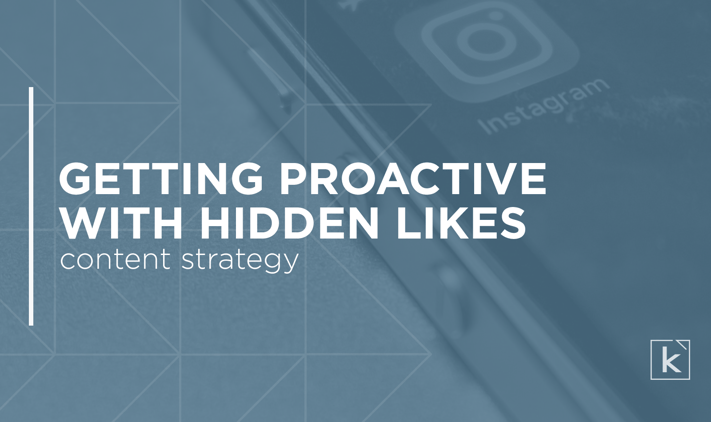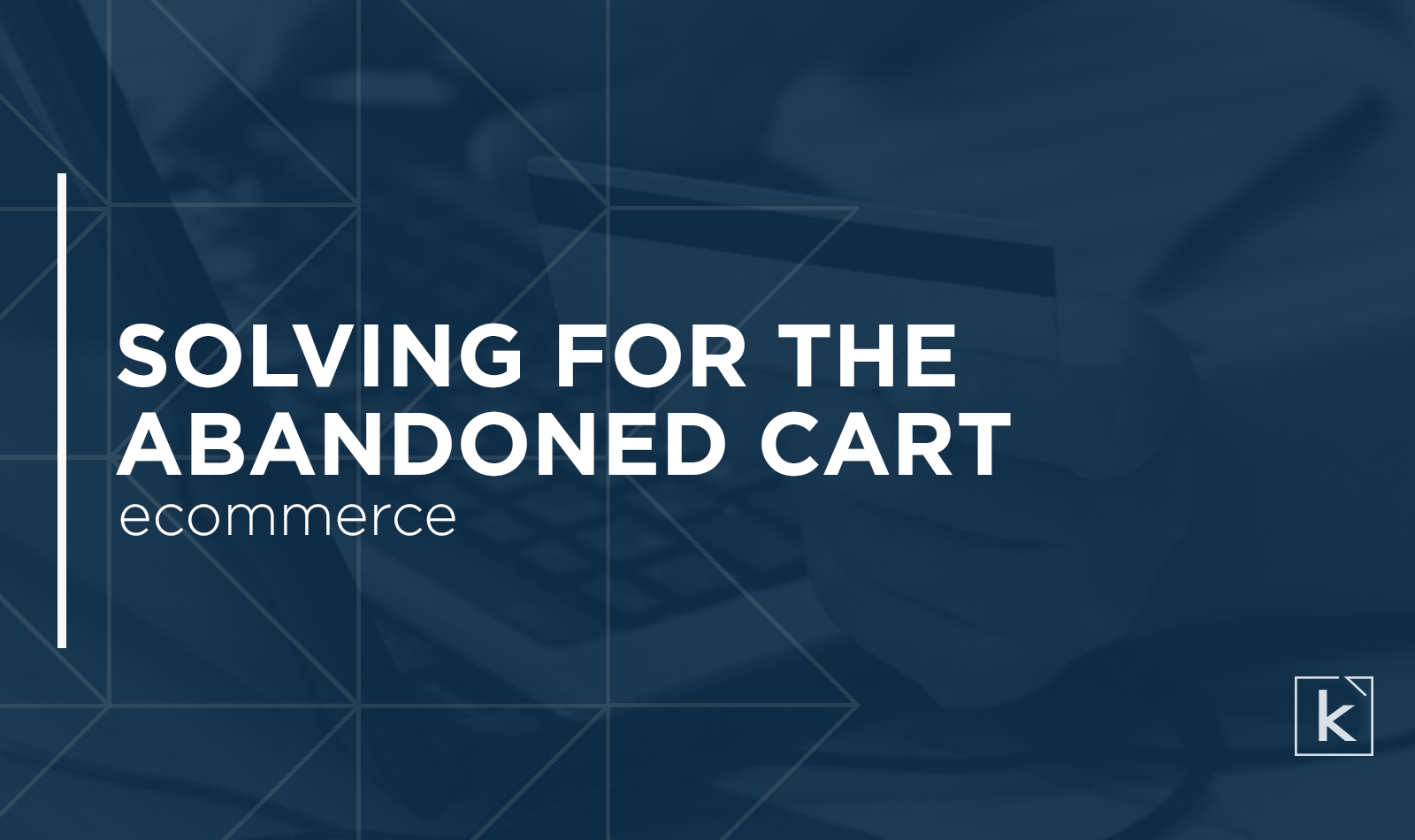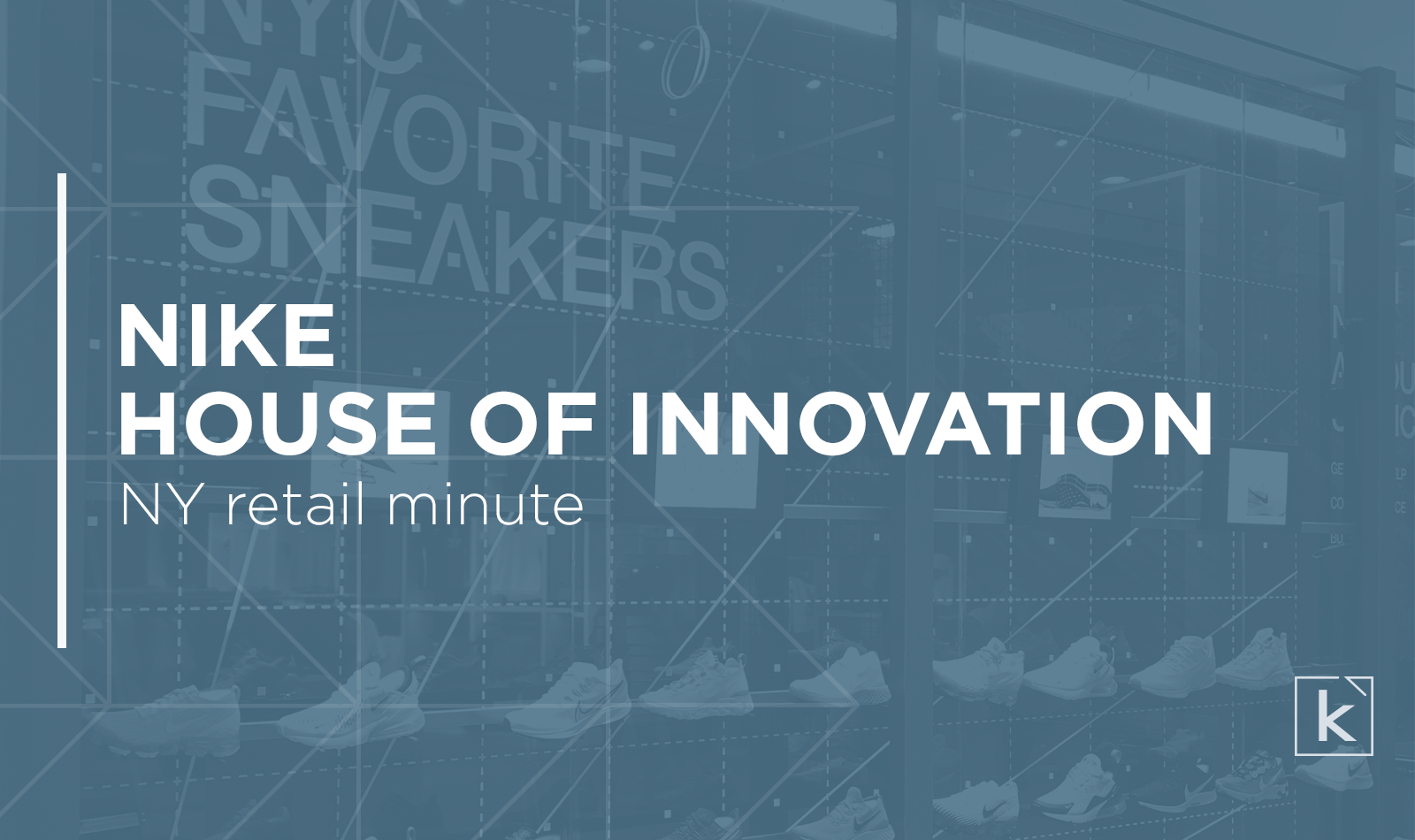
Double tap. Like. Love. Call it whatever you want.
The heart icon, located to the bottom left of every Instagram photo you’ve ever scrolled past, is just sitting there calling your name. It’s the beacon of hope that validates our decision to share our lives with our friends, and a confirmation that we are innately interesting.
So, why is Instagram thinking of taking this function away?
Here’s the back story, in case you’re just catching up: earlier this summer, Instagram ran a test in Canada that removed “like” counts from users’ posts. You could still like photos and videos as much as you’d like; however, the viewer couldn’t see the total count of likes on the post. On the user’s end, they were still able to open the “likers” window and see who liked the post. Interesting, huh?
The natural question was: Why? What’s the point?
(We realize we’ve asked and/or posed a lot of questions already, but we’ll tackle them.)
The trouble with likes is…
Organic content is ever-changing with all of the major social media platforms. Twitter has beefed up its advertising capabilities and is constantly changing the look of its organic feed, sometimes unannounced. Want to mess with an OG Twitter user? Switch their once-chronological timeline to “top tweets” and watch the world burn. It’s not pretty, folks.
Facebook is reinventing its algorithm and news feed routinely, and it’s all about engagement—everyone’s favorite buzz word. What you like, what your friends like, what you read and watch...all of that factors into what Facebook opts to show you high in your news feed.
A spokesperson for Instagram told Techcrunch that the feature is being tested in part because “we [Instagram] want your followers to focus on the photos and videos you share, not how many likes they get.” Understood, on that account, but there’s so much more to Instagram than simply user-to-user, friend-to-friend connection and sharing. Instagram, like its parent company, has become a powerful business tool.
What we mean by that is: influencers.
Influencer marketing began years ago, but it has exploded into a business that helps creators pull (in some cases) hundreds of thousands and potentially millions of dollars. Nanoinfluencers, the influencers with smaller audiences, can pull in around $50,000 per year. An influencer with a follower count in the millions can charge anywhere from $10,000 to $25,000 per post, and for the biggest names in the game, that’s probably on the conservative side.
People trust influencers—that’s a fact. And it’s possible that even a slight change in how engagement is displayed on Instagram could have an impact on influencers and how they go about their business.
Best foot(wear) forward
Footwear brands, which are ramping up marketing efforts for the fall, constantly leverage UGC and influencer-created content. Influencers earn their money with their reach, and a standard media kit includes high-level metrics like follower count, engagement rate, and average likes count. Should Instagram decide to permanently hide like counts, this could alter the landscape for influencers and have an impact on brands.
Just look at some of the top footwear brands on Instagram—their organic content feeds are chock full of influencer-generated material (and a lot of that content is used to send strong, impactful messages).
TOMS
TOMS built its brand on its “One For One” messaging, pledging to donate one pair of shoes to children in need for every pair purchased. Activists, influencers, and TOMS fans from around the world now participate in the brand’s social content.
Nike
Nike utilizes its wide-ranging network of partner athletes, which includes some of the biggest names in sports: Serena Williams, Tiger Woods, the U.S. women’s national soccer team, Roger Federer, and more.
Allbirds
Allbirds uses influencers, personalities, and content to show how cool, functional, and attractive its shoes are—and it includes a message of sustainability attached to products.
When it comes to brands and their marketing on Instagram, reach matters. Likes matter. And there’s a real impact for the audience when they can see just how wide that reach goes, and how much impact those messages have. Influencers’ impacts vary based on the brand, of course, but the industry continues to grow; influencer marketing is estimated to be a $5+ billion industry in 2019 (and is expected to reach $10 billion by 2020), and nearly 90% of marketers say they’re increasing their budget for influencers this year.
Instagram is the biggest platform, and according to a recent survey, 34% of daily Instagram users had purchased a product because it was recommended by an influencer. That’s legitimate impact, and...dare we say...influence.
Hot take (and how to take action)
At the risk of sounding trite and piggy-backing on the public’s reaction any time a social media platform announces a significant change or shift, we’re not big fans of this move—even if it’s just a test. There’s too much on the line (trustworthiness and authority, to start) for brands and influencers who rely on the public perception of their content, and even though the publisher can see the results on the back end, influencer marketing is largely a perception-driven industry.
Brands, if you’re feeling a bit nervous about this news and want to be proactive, we have a couple of quick tips on how to slightly adjust your content strategy and still drive results.
Get better at video: Instagram hasn’t announced plans to limit video views count, so we’re still good there. And it’s widely known that video content is viewed far more favorably by the Facebook/Instagram algorithm, thus increasing your reach in users’ organic feeds.
Improve your stories and highlights: These are great tools to create always-on content and feature influencers in your strategy. More than 500 million Instagram users access Stories on a daily basis, and 25% of Millennials and Gen-Zers seek out IG Stories on products they’re interested in buying. If your story delivered exceptional results, you can save it to your Highlights and have it live on your brand’s profile beyond its 24-hour life on the Stories feed.
So, while like counts are being tested and potentially hidden, there are still ways to produce engaging, high-impact content—either in-house or in partnership with an influencer.



